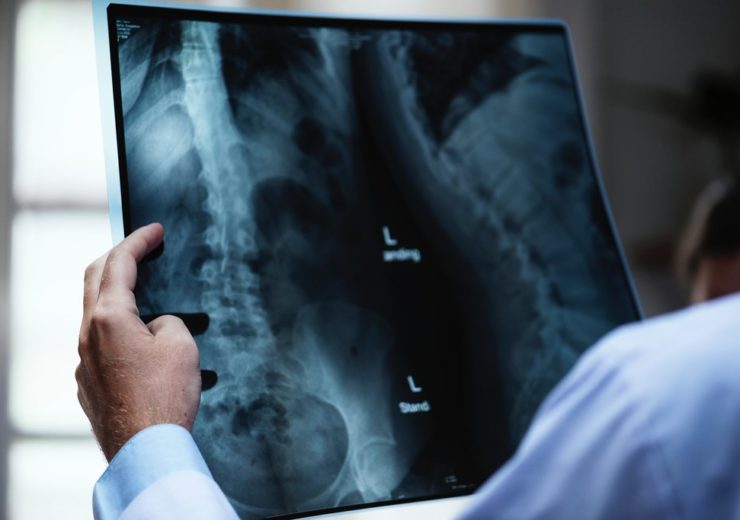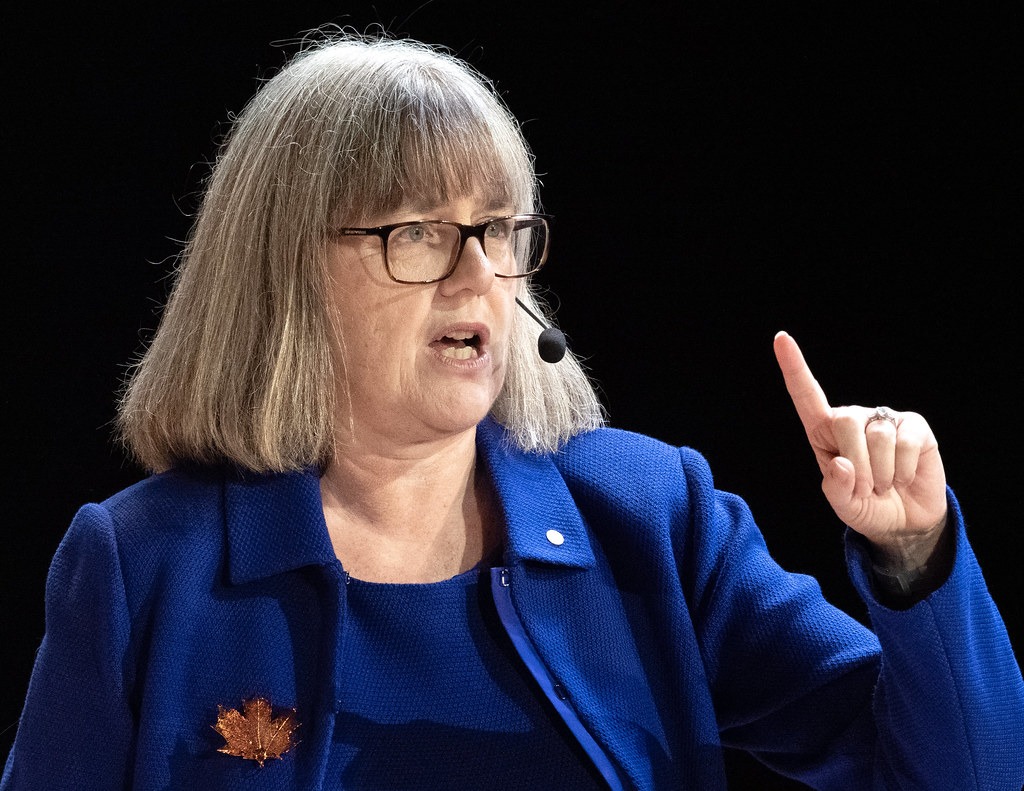The investment into advancing 3D medical imaging technology in the UK coincides with International Women and Girls in Science Day 2020

X-rays can take hours or days to complete using current technologies (Credit: www.semtrio.com)
The UK government has pledged £81m ($105m) to fund 3D medical imaging technology capable of producing X-rays in just 40 seconds.
Its investment will go towards developing state-of-the-art super-bright lasers at a brand-new advanced imaging centre in Oxfordshire.
Where existing technologies can take hours or days, the lasers can create high-resolution 3D images of diseased bones in less than a minute — speeding up the development of new treatments and cutting healthcare costs.
This new and innovative advancement in medical imaging will be available to UK businesses at an Extreme Photonics Applications Centre (EPAC) by 2024.
UK science minister Chris Skidmore said: “Today’s launch of the £81m advanced imaging centre will enhance the UK’s leading role in laser technology, including revolutionising medical imaging.
“I’m especially delighted to be launching the centre with physics Nobel Prize winner Donna Strickland — only the third woman in history to achieve this award — on International Day of Women and Girls in Science.”
International Women and Girls in Science Day
The new medical imaging centre announcement coincides with International Women and Girls in Science Day 2020 (11 February) — which aims to encourage women and girls to pursue careers in science and tech fields.
The centre will build on the work undertaken by Donna Strickland, who became the third woman to receive a Nobel Prize for physics when she won the award alongside fellow scientists Arthur Ashkin and Gérard Mourou in 2018.

Her work included developing high-intensity ultra-short pulses of light beams that transformed several sectors in technology and medicine, including laser eye surgeries, material sciences, plasma physics, and several other disciplines.
Speaking earlier today, Canadian physicist Strickland said: “Science education helps develop skills in problem-solving and critical thinking necessary to address some of the world’s biggest challenges.
“When we encourage girls and women to engage with science, they bring more diversity to science and fresh perspectives that can only help in finding innovative solutions.”
How is the 3D medical imaging centre being funded?
The government’s £830m ($1.07bn) Strategic Priorities Fund, which aims to drive innovation and research in the UK, has provided the majority of the funding for this project.
While it has fronted £71.5m ($92.5m), there has also been £10m ($13m) of additional investment from the UK Ministry of Defence.
The government said this forms part of the ministry’s commitment to “significantly boost research and development funding across every part of the UK”.
The new medical imaging centre will be opened in 2024 at the Oxfordshire-based Harwell Science and Innovation Campus.
